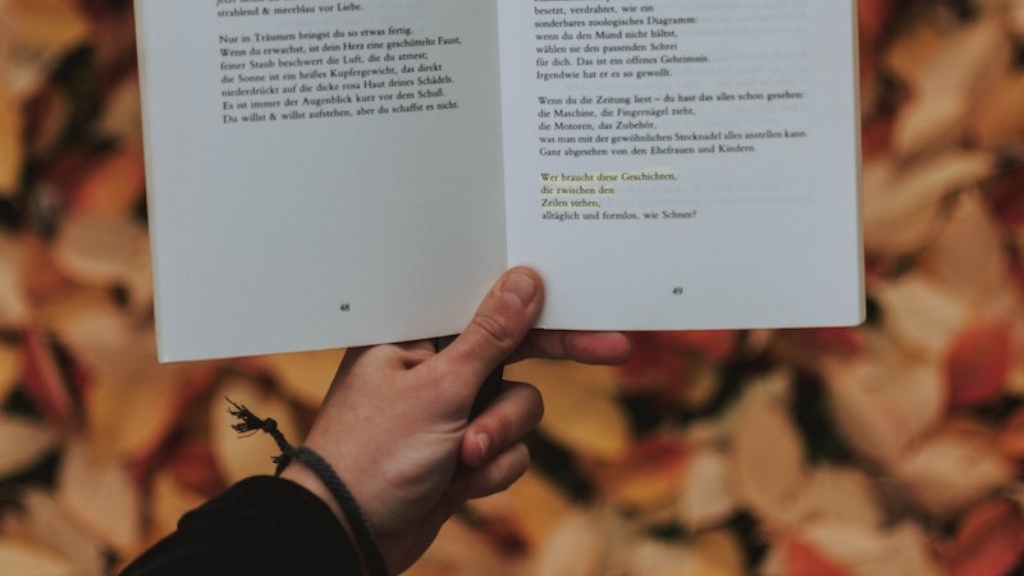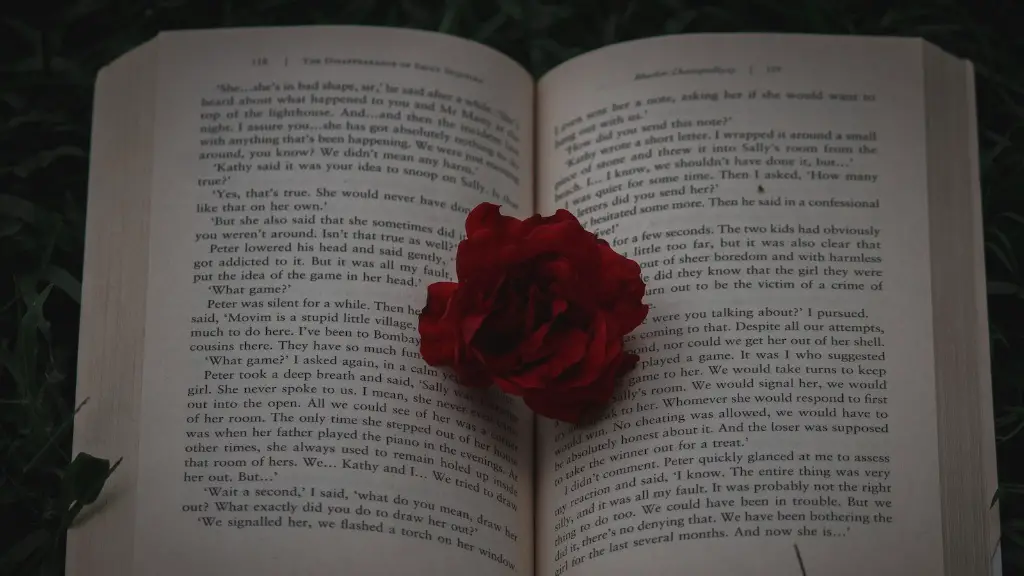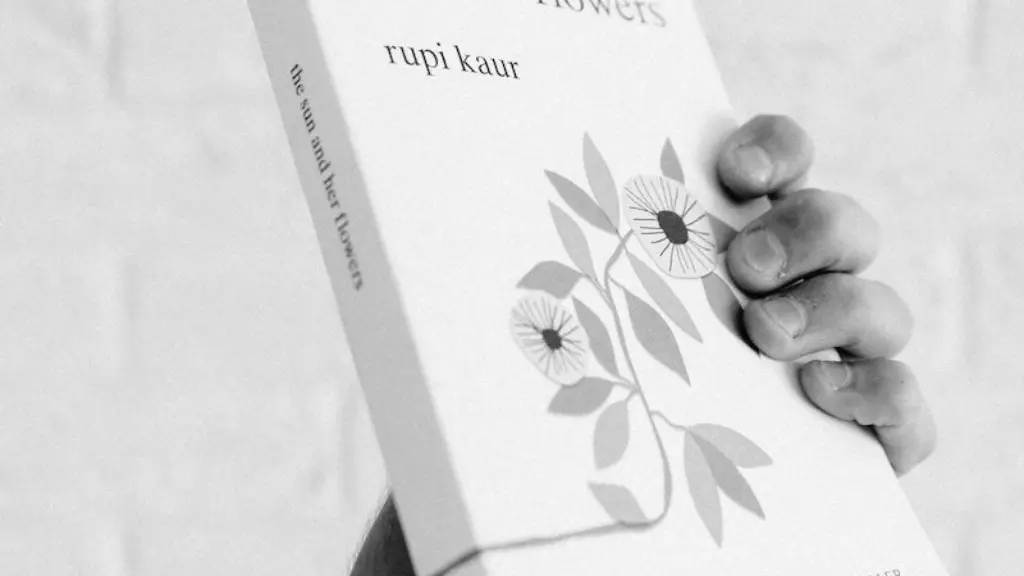Definition
Lyric poetry is one of the oldest and most popular forms of literature. It combines words, imagery, and music to create a vivid and often romantic representation of our thoughts and feelings. Typically, lyric poetry is composed of a single voice or speaker and consists of four main elements: verse, rhyme, imagery, and meter. The meter creates a rhythm within the poem while the verses and rhymes bind the lines together. The imagery, however, is what truly sets lyric poetry apart. By using creative descriptions and figurative language, lyric poetry can evoke emotion and transport us to a different time or place.
History
The origins of lyric poetry trace back to ancient Greece, where Homer used it to write the epic poems “The Iliad” and “The Odyssey.” Later, lyric poetry was popularized in the Middle Ages by Troubadours and trouvères, who created romantic songs of courtly love. Throughout the centuries, the popularity of lyric poetry has ebbed and flowed, but it has never gone away. From early ballads to the popular songs of today, lyric poetry remains a timeless art form.
Form
A typical lyric poem consists of a single voice that speaks to a particular audience or subject. It is designed to be read aloud, so it often has a rhythm and meter that creates a particular sound or cadence. This cadence can be used to create suspense or to emphasize certain words or phrases. Additionally, a lyric poem may also contain rhymes and metaphors to illustrate its subject matter and emphasize its meaning.
Function
The main purpose of lyric poetry is to express emotion. By using vivid imagery and creative language, lyric poets create a sense of intimacy and have the power to transport us to a different time or place. It is a powerful tool to convey both joy and sorrow, to talk about love, loss and life. Through lyric poetry, we can tell stories, share our dreams, and reach a deeper understanding of ourselves.
Modern Examples
Modern lyric poetry continues to use the same basic elements as its predecessors, but the subject matter and style of delivery has changed with the times. Rap and hip-hop are a perfect example of how lyric poetry is used today. By using a combination of rhythm and rhyme, rappers tell stories about growing up in the city, living in poverty and dreaming of better days. Additionally, artists like Taylor Swift and Ed Sheeran have also been using lyric poetry to express their emotions and share their stories with the world.
Analysis
Lyric poetry is a powerful art form that allows us to express our thoughts and feelings in a unique way. Whether it’s the love songs of the past or the rap songs of today, lyric poetry is a timeless expression of the human condition that speaks to everyone. By using vivid imagery, creative language, and musical cadences, lyric poetry has the power to transport us to a different time and place, and to make us feel connected to something larger than ourselves.
Noteworthy Poets
Lyric poetry has been around for thousands of years, and there have been many noteworthy poets throughout history. Some of the most notable include William Blake, Walt Whitman, Emily Dickinson, Robert Frost, Maya Angelou and Pablo Neruda. Each of these poets has a distinctive style, and their work has had an immense influence on modern day lyric poetry.
Conclusion
The definition of lyric poetry is an ever-evolving art form that combines words, imagery, and music to create something that speaks to all of us. It is a timeless expression of the human experience that has had an immense influence on our culture, and continues to be an important part of our lives.


